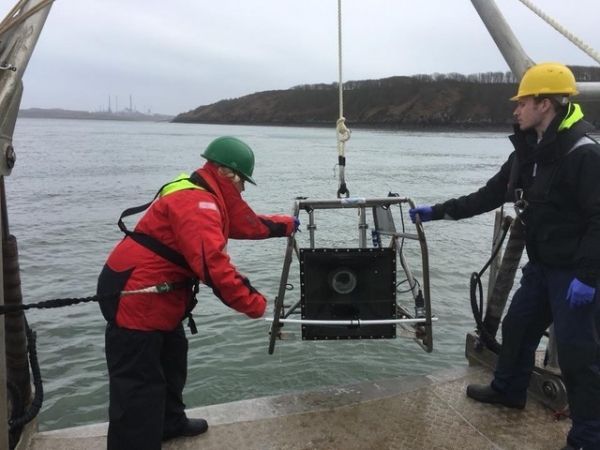Robyn Jones, a PhD student in the College of Science has been testing the lens - a clear liquid optical chamber (CLOC) as a way to improve underwater visibility for scientists researching the flora and fauna that live around our shallow coastal seas. Typically, this equipment will be targeted at assessing fish communities living around marine renewable structures, such as offshore wind, tidal, and wave energy developments, where the waters are typically cloudy.
Robyn said: “It has long been a challenge for scientists to find a way to study biodiversity in these cloudy waters in a way does not disrupt these sensitive and complex habitats. While underwater cameras do help improve our knowledge of the coastal environment, the main drawback is their restricted use in low visibility environments. However, it is vital for us to be able to examine these areas as they are commonly considered critically important for biodiversity, fisheries, energy and increasingly ecosystem services.”
To meet this challenge, Robyn and the team at Ocean Ecology and SEACAMS added a clear liquid optical chamber (CLOC) to a baited remote underwater video (BRUV) system. While similar chambers have been previously used by the marine surveying industry assessment of habitats at the bottom of deep water, adding the CLOC to the BRUV system as a way to assess the movement of fish is new.
Continue reading at University of Swansea
Image via University of Swansea


